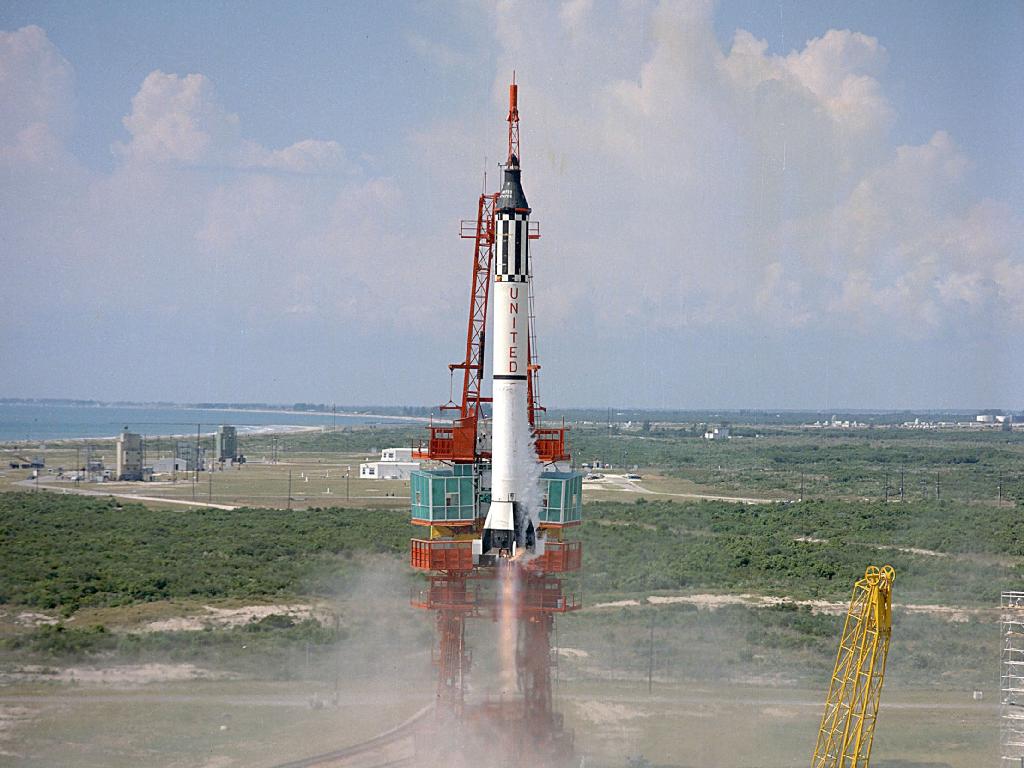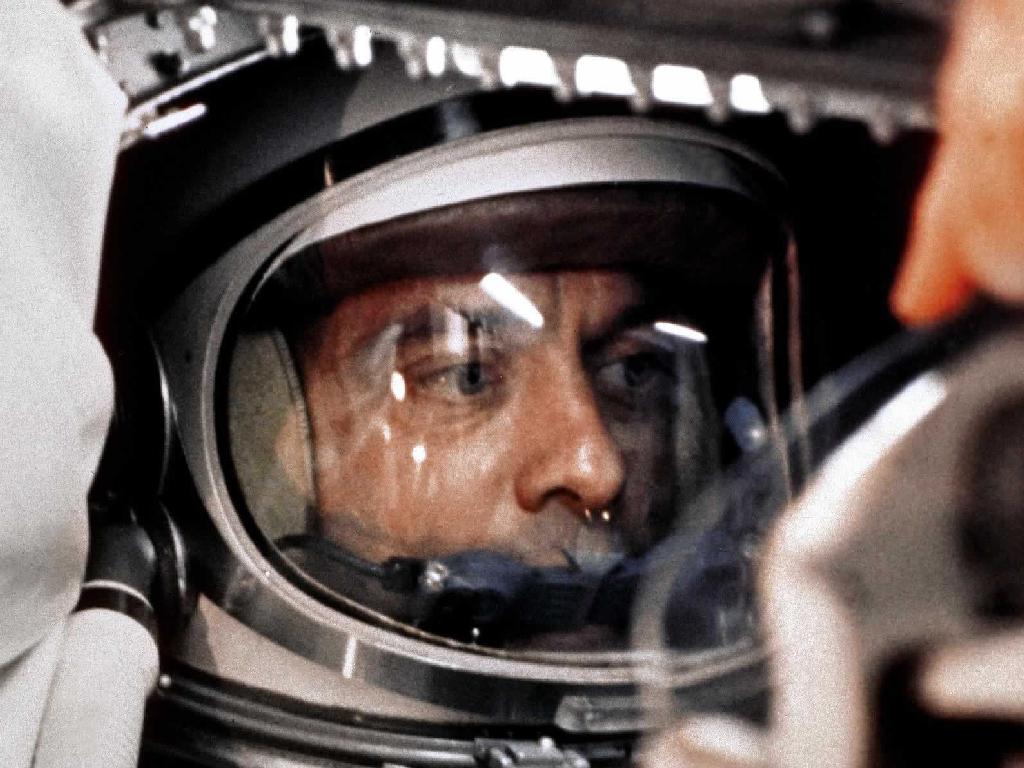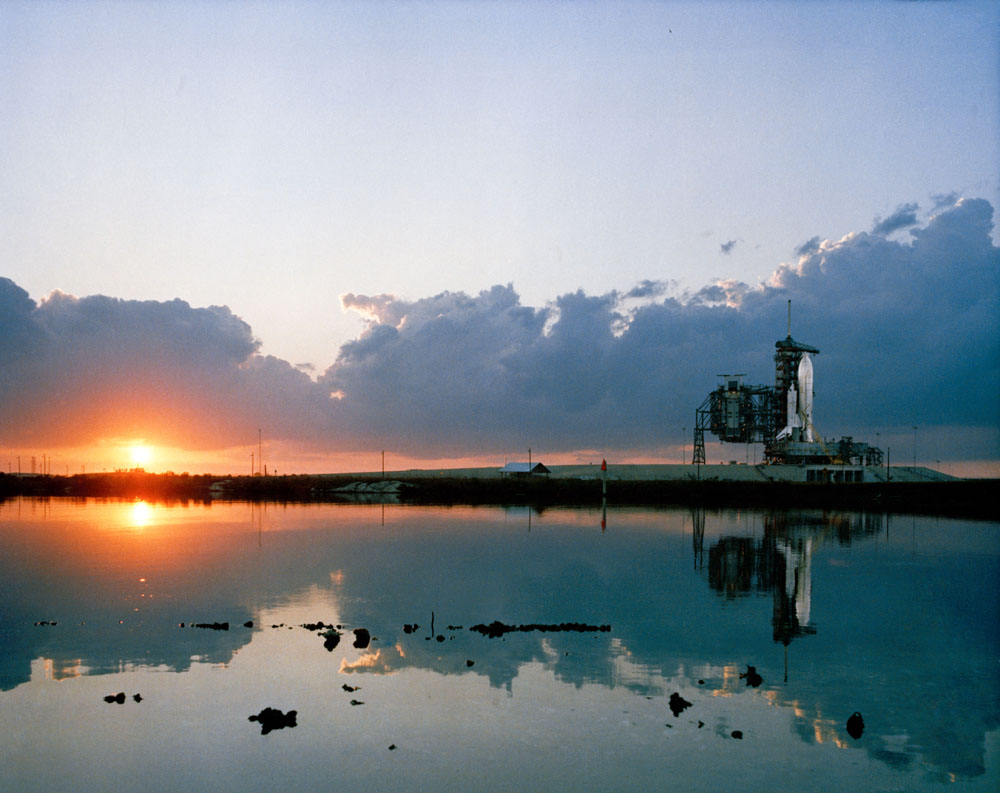NASA at Crossroads After 50 Years of U.S. Spaceflight

Fifty years ago today, America sent its first man to space. Now, after half a century of mounting achievements, the United States faces a crossroads on its future in space.
On May 5, 1961, U.S. astronaut Alan Shepard lifted off on the Freedom 7 mission. His space capsule was launched by a Redstone rocket, and traveled a suborbital trajectory for 15 minutes before splashing into the Atlantic Ocean. [Photos: America's 1st Human Spaceflight]
Although Soviet cosmonaut Yuri Gagarin had beaten him to space about three weeks earlier, Shepard nonetheless made history as the first American to reach space.
Shepard's achievement was followed by the rest of the Mercury program, then Gemini and Apollo, which succeeded in making America the first country to put men on the moon. [Infographic: Mercury - America's First Spaceship]
Finally, the United States built the space shuttle, the most versatile spacecraft ever to fly. Though the shuttle program suffered the withering losses of the shuttles Challenger and Columbia and their crews, the orbiters achieved many firsts and were vital to building the International Space Station, the largest man-made structure ever put in space.
End of an era
Now, 50 years after Shepard's flight, NASA is facing an uncertain future. The 30-year-old space shuttle program is winding to a close, with only two more shuttle missions scheduled before the orbiters are retired. [Video: Flashback to America's First Spaceflight]
Breaking space news, the latest updates on rocket launches, skywatching events and more!
"All good things must come to an end," said Phil McAlister, acting director of Commercial Spaceflight Development at NASA headquarters in Washington, D.C., speaking at a news conference last week. "I believe the shuttle is an inherent part of the pride we all feel as Americans. While we are ending the space shuttle program, we are not ending the nation's human spaceflight program."
In place of the space shuttles, NASA plans to use commercially built spaceships to get astronauts to low-Earth orbit, where the International Space Station is, in the future.
None of these vehicles are yet built, but the space agency aims to spur them on through a series of contracts under the so-called Commercial Crew Development program. Four companies -- SpaceX, Blue Origin, Sierra Nevada Corp. and Boeing -- recently won deals as part of the program to work on building their own spacecraft capable of carrying humans to low-Earth orbit.
"There are many challenges ahead and success is not assured," McAlister said. "But the benefits of this new approach are clear and compelling. The commercial crew program is the nation's primary strategy for ending the gap and eliminating the threat to America's leadership in space."
This plan was promoted by President Obama, who canceled the previous administration's moon-bound Constellation program. The move has garnered resistance from some, who question turning over any part of the U.S. space program to the private industry. Yet NASA leaders insist the change is necessary for the country to move on in space.
Going farther
While NASA outsources travel to low-Earth orbit to the private sector, the U.S. space agency plans to focus its money and energies on developing the spacecraft and technology necessary for journeys to an asteroid and to Mars.
NASA hopes to send humans farther into outer space than they've ever been before, once more setting records and leading the rest of the world into uncharted territory. [Giant Leaps: Top Milestones in Human Spaceflight]
"I think in 50 years I would be very surprised if we hadn't landed on another planet, either the moon or Mars, or headed toward an asteroid," astronaut Greg H. Johnson, pilot of the space shuttle Endeavour's upcoming STS-134 mission, said in a NASA interview.
And where Alan Shepard's flight took place in an atmosphere of fierce international rivalry between the United States and the Soviet Union, today's spacefarers are working together. The International Space Station is a collaboration between the United States, Russia, Japan, Canada and Europe.
Future space exploration is likely to be even more of a cooperative effort, many say.
"I think what we’re going to see from the space program in the next 50 years is us coming closer and closer together as a species, coming closer together to solve a lot of the challenges and problems that we have on this planet," said astronaut Ron Garan, who is currently living and working on the space station as part of Expedition 27. "Hopefully, we’ll have many people living and working in space in the next 50 years."
You can follow SPACE.com Senior Writer Clara Moskowitz on Twitter @ClaraMoskowitz. Follow SPACE.com for the latest in space science and exploration news on Twitter @Spacedotcom and on Facebook.

Clara Moskowitz is a science and space writer who joined the Space.com team in 2008 and served as Assistant Managing Editor from 2011 to 2013. Clara has a bachelor's degree in astronomy and physics from Wesleyan University, and a graduate certificate in science writing from the University of California, Santa Cruz. She covers everything from astronomy to human spaceflight and once aced a NASTAR suborbital spaceflight training program for space missions. Clara is currently Associate Editor of Scientific American. To see her latest project is, follow Clara on Twitter.


